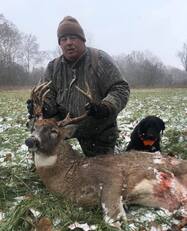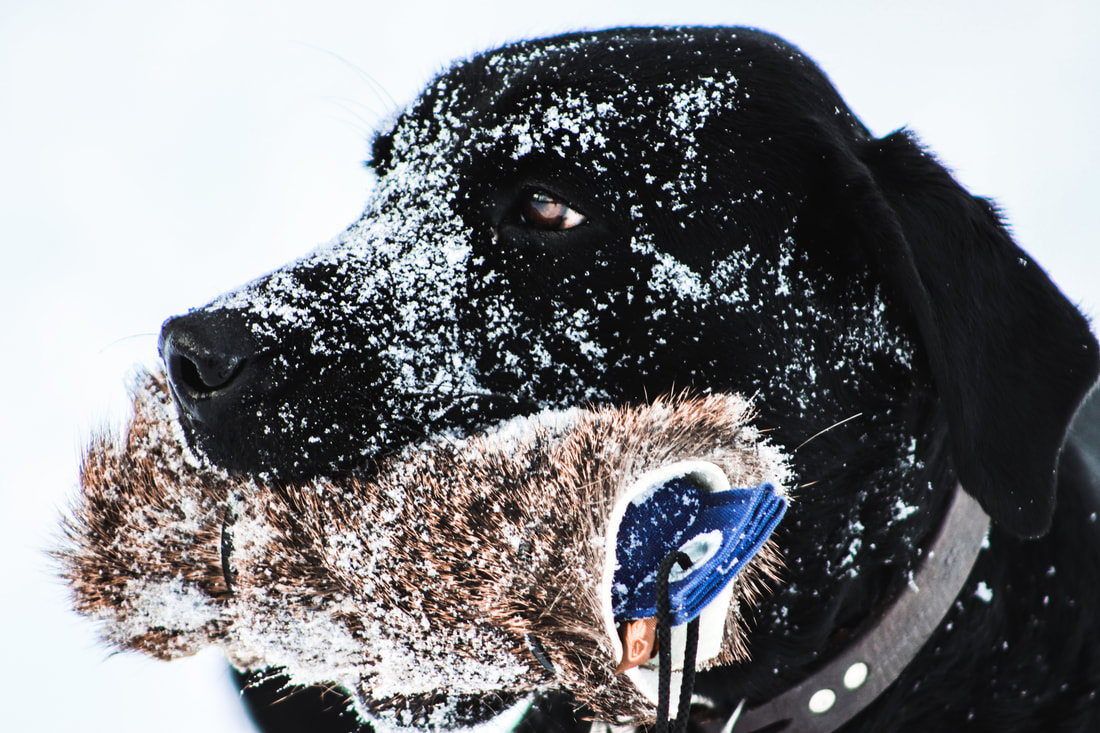NTK Blood Tracking & Recovery Program
You can often make the perfect shot and the adrenaline pushes the deer to the extreme which can leave little trace to the naked eye to follow. Our blood tracking and recovery program has less to do with following blood but rather sticking to one track, one individual scent, one deer. Blood is helpful to follow especially for color blind people, but what happens when the blood runs out? What happens when you loose the track?
That's where the dog comes in.
We charge $900 per month for training.
Programs range from 2-6 months.
Please give us a call if interested.
That's where the dog comes in.
We charge $900 per month for training.
Programs range from 2-6 months.
Please give us a call if interested.


